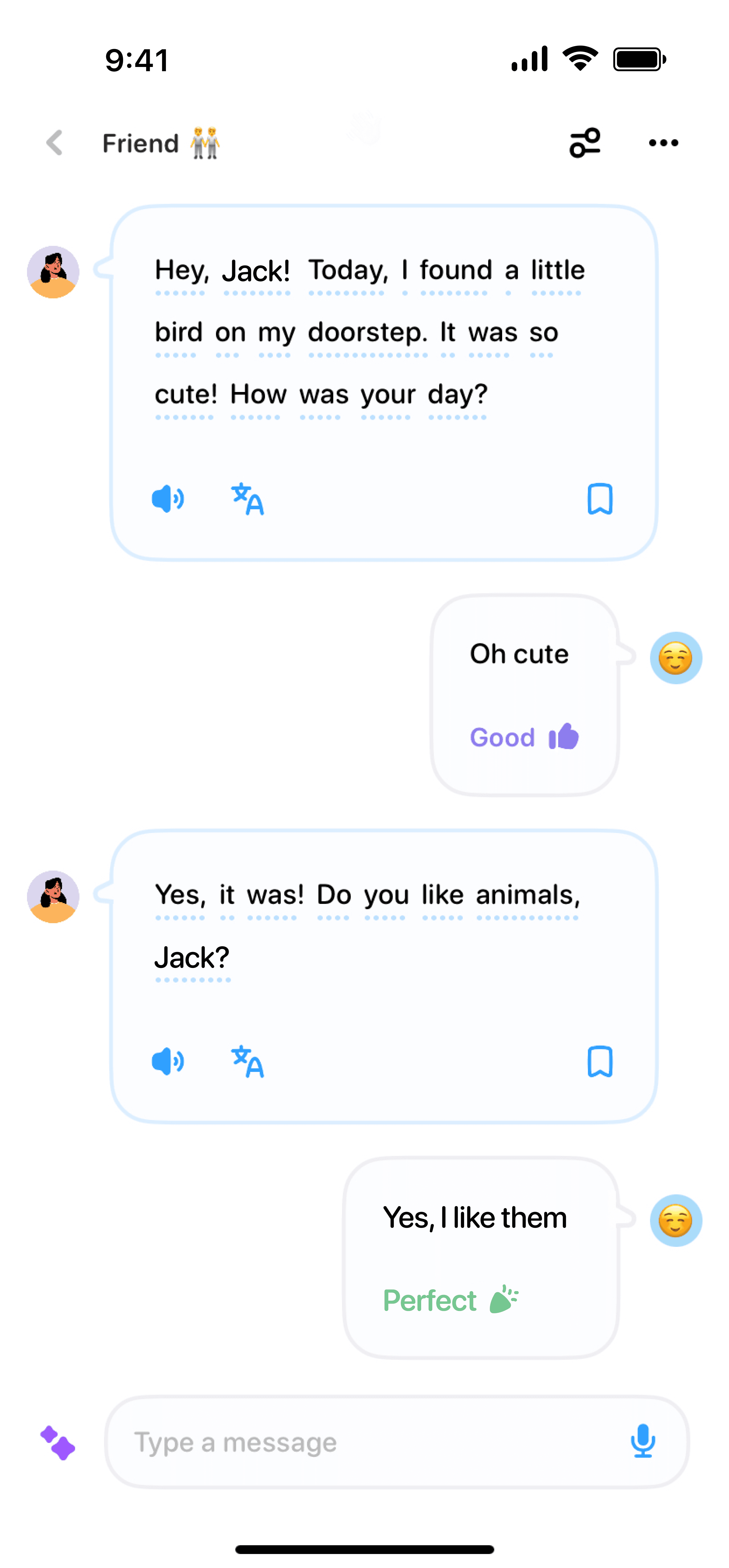06/27/2024
·
Emma Robbie
So, you're itching to learn Spanish, huh? Maybe you're planning a trip to a sunny Spanish-speaking country, or maybe you're just looking to expand your linguistic horizons. Either way, you’re probably wondering: “How fast can I learn Spanish?” and searching for the “easy way to learn Spanish language.” Well, let's break it down!
Setting Realistic Expectations
First things first, it’s important to manage your expectations. The speed at which you can learn Spanish depends on several factors, including your current language skills, learning methods, and dedication. No two people learn at exactly the same pace, so while one person might be conversational in a few months, it might take longer for someone else.
Initial Goals
Before diving in, set initial goals for yourself. Are you looking to become fluent, or do you just want to survive on a vacation? Think about your end game and set incremental goals to keep yourself motivated.
Consistency is Key
When it comes to language learning, consistency trumps intensity. Spending a little time each day practicing Spanish will be more effective than cramming for hours once a week. Here are some tips to incorporate Spanish into your daily routine:
Use language apps like Duolingo or Babbel for daily practice.
Watch Spanish-language shows or movies with subtitles.
Practice speaking with native speakers through language exchange platforms like Tandem.
Listen to Spanish music or podcasts.
Immersive Learning
The easy way to learn Spanish language for most people is through immersion. If you can immerse yourself in a Spanish-speaking environment, you’ll pick up the language more quickly. Options include:
Traveling to a Spanish-speaking country.
Joining a local Spanish-speaking community or club.
Participating in Spanish language immersion programs.
The Power of Practice
You’d be amazed at how your brain adapts when it's surrounded by a new language. You'll start to pick up on conversational cues, improve your accent, and learn commonly used phrases.
Structured Learning
If you prefer a more formal approach, consider enrolling in a structured Spanish course. Many community colleges, universities, and online platforms offer Spanish classes. Structured learning can provide you with a strong grammatical foundation and help clarify any confusing aspects of the language.
Online courses like Coursera or Rosetta Stone.
Local community college or university courses.
Private tutoring sessions.
Supplemental Resources
Even if you're taking a structured course, don't limit your learning to the classroom. Use supplemental resources like language textbooks, grammar guides, and practice exercises to enhance your skills.
Speaking and Listening
One of the biggest hurdles in language learning is building confidence in speaking and listening. Practice speaking with native speakers as much as possible. Don’t worry about making mistakes; it’s a natural part of the learning process!
Participate in language exchange meetups.
Practice speaking in front of a mirror.
Use voice recording apps to track your progress.
Typical Timeframes
So how long will it take? According to the Foreign Service Institute (FSI), it takes approximately 600-750 hours to reach professional working proficiency in Spanish for English speakers. However, with dedication and the right strategies, you could reach a conversational level much quicker.
Short-Term Milestones
If you study for about an hour a day, you could potentially have basic conversations within 3-6 months. Fluent or near-fluent proficiency might take a year or more of dedicated study and practice.
Enjoy the Journey
Learning Spanish is a rewarding experience that opens up new cultural and social opportunities. Remember to enjoy the process and celebrate your progress along the way. ¡Buena suerte!



